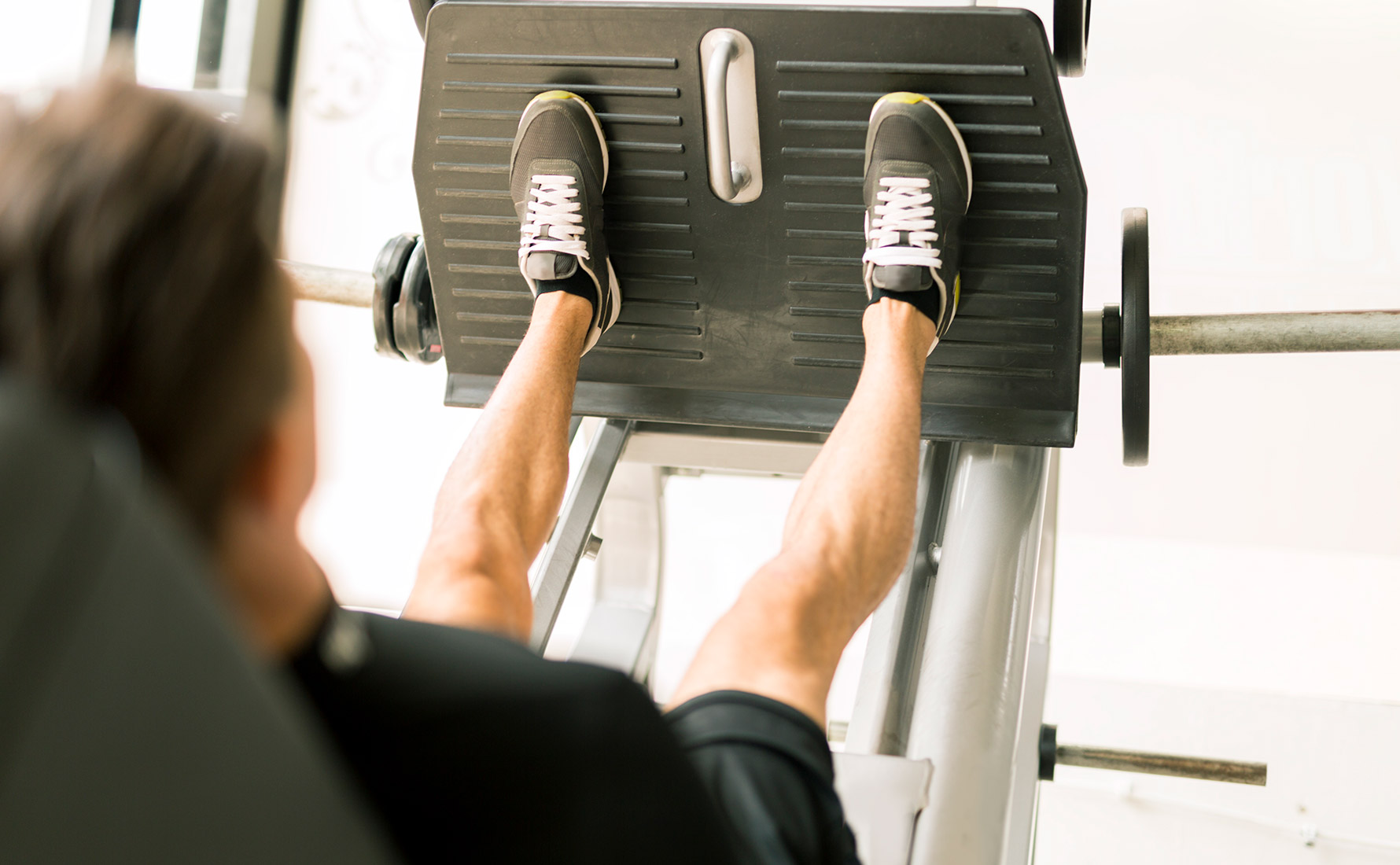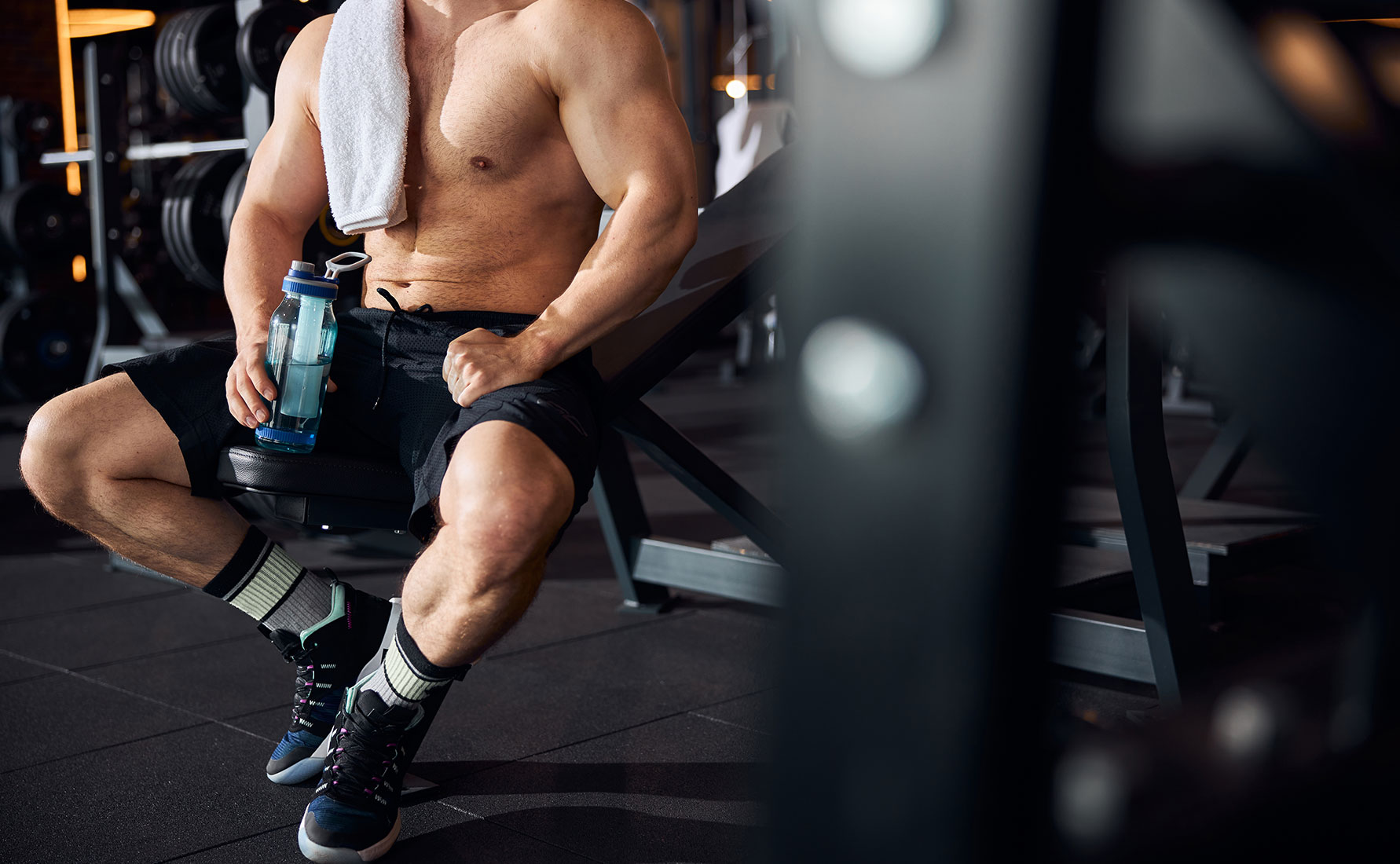Workout plateau is a state of the bodybuilder’s body where the process of getting results slows down or stops completely. The plateau period is common when moving between training load levels. It is especially felt in relation to the progress in the set of muscle mass and the increase in strength indicators.
In order to avoid stagnation in training, it is necessary to take specific measures, the type of diversification of your exercises in the gym and adherence to a strict sports regimen. First of all, the bodybuilder must confront not the consequences, but the causes of stagnation (which are not always obvious in amateur sports, where you are not being watched by a coach).
Today we want to briefly discuss what can lead to a workout plateau, and most importantly, how to get rid of this phenomenon.
What Causes Workout Plateau in Bodybuilding?
In total, there are two main factors that cause stagnation in training:
- The uniformity of the training process;
- Too frequent and intense workouts in the gym.
Let’s start with the question of uniformity. Human muscles are fibers that increase in volume, improve mobility, gain strength and endurance during training (technically after, but this is a topic for a separate discussion). From the outside, to people far from bodybuilding, training sessions may seem like a kind of training: the athlete performs monotonous actions weekly, consistently working on the necessary parts of the body, in an attempt to achieve their goals, be it mass gain or fat burning.
It’s bad when the quality focuses too much on specific parts of the body or on a certain type of load, that is, exercises. Such a picture can be observed in any gym: beginners are sure that they will be able to build an ideal body if they train the “main” muscles in each lesson. Most often, the main things in their eyes are the biceps and abs, sometimes also the back and shoulders, which are called “wings”.
It’s the same in strength sports. Novice weightlifters and powerlifters prefer to do the exercises that are easiest for them (they work best).
What’s the bottom line? The body quickly gets used to the same load, which is why, making attempts to move in the direction of their goals, the athlete finds that it takes much more energy to complete the tasks. Or his efforts are generally in vain. Muscles cannot be “shocked”, the body stops developing.

Further: training to a complete breakdown, physical and moral, is also fraught with stagnation. In bodybuilding, more is not better. This rule applies to training, dieting, sports pharmacology, even recovery. Excessive load in the gym, firstly, affects your well-being. As a result, overtraining is formed, the risk of minor injuries and serious injuries increases. Second, redundancy negates motivation (or the pleasure of exercising). In its absence, the workout plateau develops.
Your gym sessions should be both beneficial and enjoyable, so they need to be dosed. In simple terms, an overdose of training load leads to the formation of tolerance (on the one hand, physical complications, on the other, a decline in motivation).
The Main Signs of Workout Plateau
The first and most important sign is the lack of a result. If you are engaged in bodybuilding, follow a diet and a daily regimen, and there are no results in the form of an increase in musculature, an increase in endurance and strength, then most likely you are overtaken by a workout plateau.
Additional signs of training stagnation:
- Depressive mood or aggressive attitude, aversion to training;
- Decreased motivation, loss of energy;
- Decreased appetite;
- Hormonal disorders (can be both a sign and a consequence of stagnation (overtraining), as in the case of a drop-in testosterone).
It is worth starting to worry if you impeccably fulfill all the conditions for obtaining results in the gym, but there has been no progress and there has been no progress. If you periodically violate the recommendations, then try first to adjust your own diet, regimen or other aspects that are problematic.

3 Ways to Break Workout Plateau in Bodybuilding
We are often asked: “how to break workout plateau?”
It is unambiguously difficult to answer this question, since we do not know what goals the athlete pursues, what age he has, training experience, even gender. However, there are several solutions that work in most cases. We usually recommend them to those who are faced with plateau lovers of bodybuilding.
1. Do the Opposite
Having searched the Internet, it will not be difficult to find a thoughtful or just working training program. However, in the case of an athlete experiencing training stagnation, the opposite of what you have been practicing will be most helpful.
Here’s an example: back in 2005, Dr Chad Waterbury presented a workout routine based on exercises of 10 sets of 3 reps. No, we were not mistaken – not 3 sets of 10 reps, namely 10 sets of 3 reps. And those of our visitors who had time to try it, then reported on the resumption of progress in the set of muscle mass and the increase in strength indicators.
Of course, the workout program consists not only of sets and reps, but even their simple turning upside down can be enough to “shock” the muscles due to atypical work. This provides a new challenge for the body and forces previously almost inactive muscle groups to work, which in turn will serve as an impetus for further development of physical fitness.
In general, take a look at how you have been training over the past few months. Highlight the main points and act in reverse:
- Have you always performed 12-15 reps? Then increase your working weights to do heavy 3-5 reps.
- Are you used to working with heavy weights, a low number of sets and reps? Shake up your routine with time-limited sets (30-60 seconds per set, depending on the difficulty of the exercise).
Ever used a barbell and dumbbells because “free weights are best”? How about bodyweight or machine work?
- Favorite exercise of the downward bend press? Replace it with an upward angle barbell press.
- Did you train 5 days a week + cardio on the weekends? Then try the 2 through 2 schemes.
We think you have already understood what we are driving at.
Another option would be to add new techniques to your current training program. Yes, gym experiments don’t always end well. It happens that superstructures, on the contrary, destroy the whole rhythm. But it is possible that changing the rhythm is exactly what you need to get out of stagnation. The main thing is to approach the issue wisely. That is, do not try to cram supersets for antagonistic muscles into a workout where there are already supersets for synergistic muscles.
2. Train the Way You Like
Ask any experienced trainer, and he will tell you that doing a regular training program correctly is much more effective than trying to cope with the “ideal” scheme, which is beyond the power of most novice bodybuilders.
When there are no results, try taking a 1-2-month break from the program that you “should” be exercising, and during this time engage in the physical activity that suits you. You may have been exercising on the advice of the Mr Olympia professionals because your main goal is muscular hypertrophy. But doesn’t lifting with a kettlebell at its own pace look more interesting? Why not try it instead of the pro’s exercises, if the latter frankly don’t work out?
There is no one-size-fits-all way to excel at the gym. When faced with plateau in bodybuilding, do not be afraid to look for new ways to build powerful muscles while the body weaned from performing boring negative reps and supersets on muscle groups, synergists or antagonists.
3. Check Your Diet Plan
Start a food diary. A week later, when the menu for each past day is written in the notebook, count the number of calories eaten. Then add another 250-500 calories to the resulting value. Next, measure your main anthropometric parameters, such as the size of the biceps, chest, hips. And do not forget to keep a training diary, where you need to note the exercises performed, the number of sets and reps in them.
A week after completing these steps, measure your own body again, including the level of strength with endurance. And already on the basis of the data obtained, adjust the diet by increasing or decreasing the calorie content of the menu. Chances are high that you are simply undernourished to continue gaining muscle mass and improve overall fitness.








comments (0)